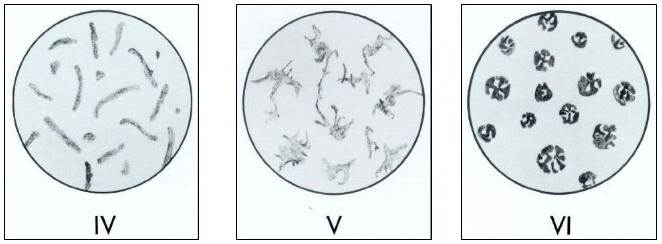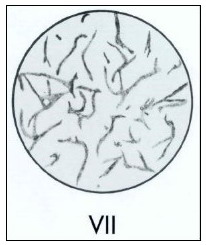| |
A 247 - 67 Standard of Test Method
for Evaluating the Microstructure of Graphite in Iron Castings
The microstructure of graphite is very
important for inspection to the quality of
iron castings,
especially for cast iron parts
on automotive, engineer machinery. Therefore, many clients may
require the iron foundries
and cast iron suppliers to inspect microstructure of castings and
show the graphite form in the firm inspection report.
This standard covers the classification of graphite in
cast irons in terms of type,
distribution, and size, and the test method is intended to be
applicable for all iron-carbon alloys containing graphite particles,
and may be applied to gray irons,
malleable irons, and the
ductile (nodular) irons.
Classification of graphite form
By scanning the polished specimen under the microscope, then the
inspector can observe the graphite forms in the micro-structure,
then evaluate the spheroidizing level or inspect the graphite forms
correspond to type designations.
The following seven types are the main reprehensive forms for grey
iron, malleable iron and ductile irons.
Type I is the normal and usually desirable graphite form in ductile
iron, although the presence of Type Ⅱ graphite forms has little or
on adverse effect on properties.
Type Ⅲ is the graphite form most often seen in malleable iron
castings after annealing. Some malleable irons may contain Types Ⅰ
or Ⅱ graphite particles also.

Graphite forms represented by Types Ⅳ to Ⅵ
often occur in ductile iron in conjunction with Type I and Ⅱ. The
percentages of each graphite type are estimated by observation, or
better, by counting the particles of each type. Types present in a
sample are to be reported in percentages to total 100. Any
convenient magnification that clearly reveals the graphite form may
be used. Type Ⅶ is the flake graphite form usually seen in gray
iron.


Home |
More Articles |
|
